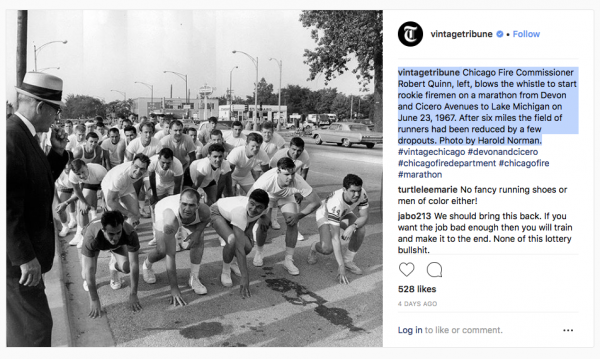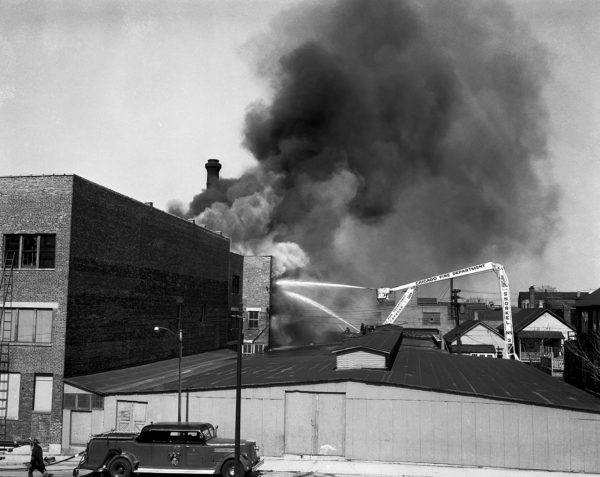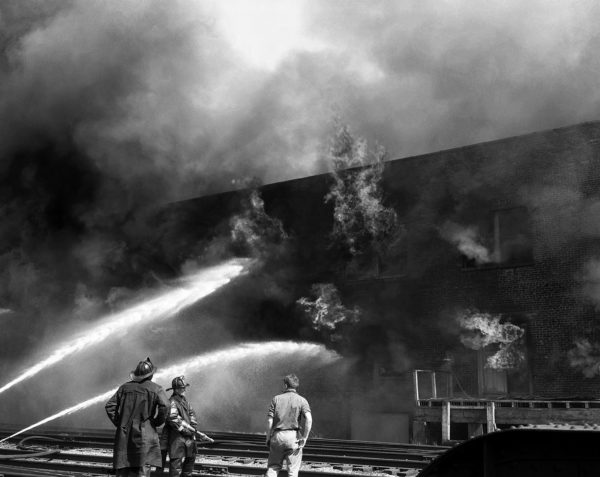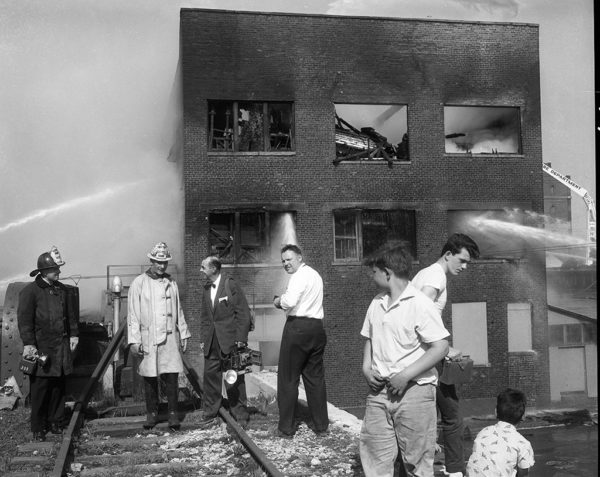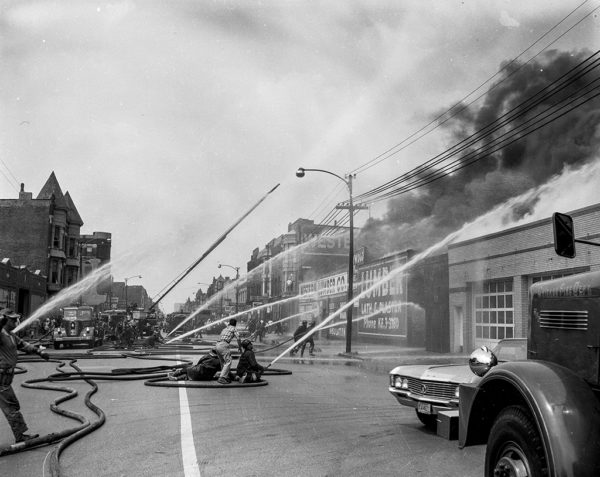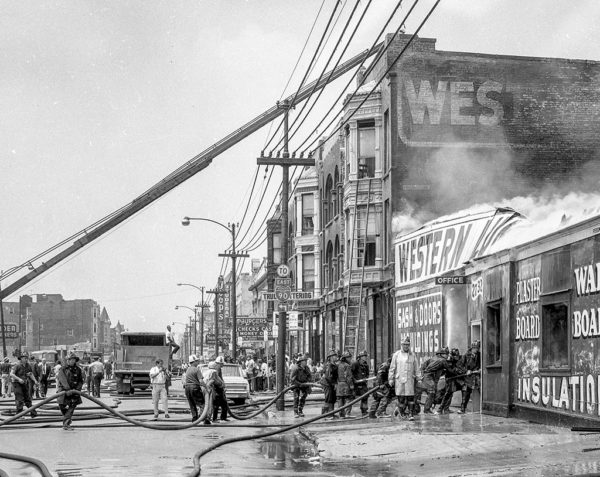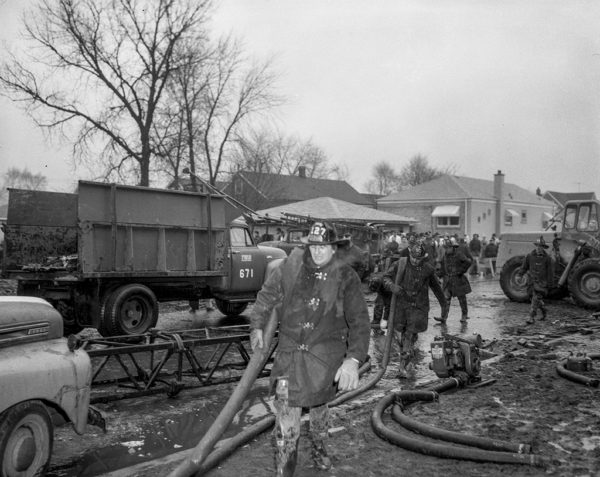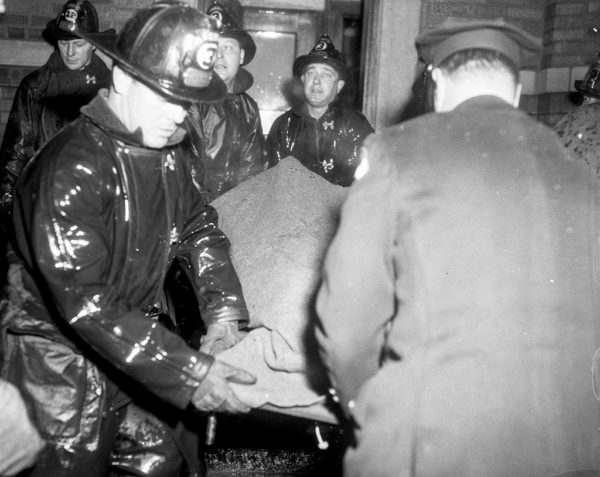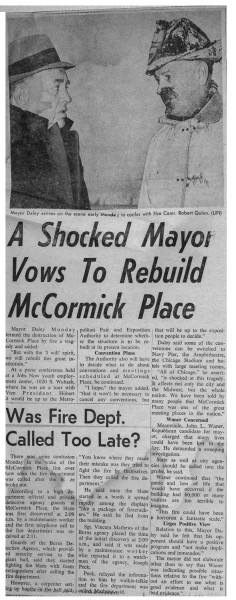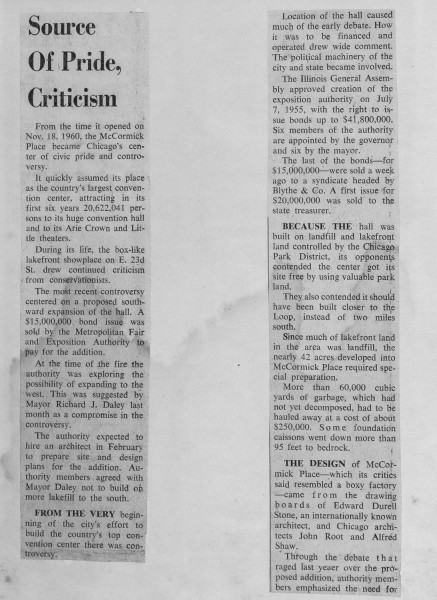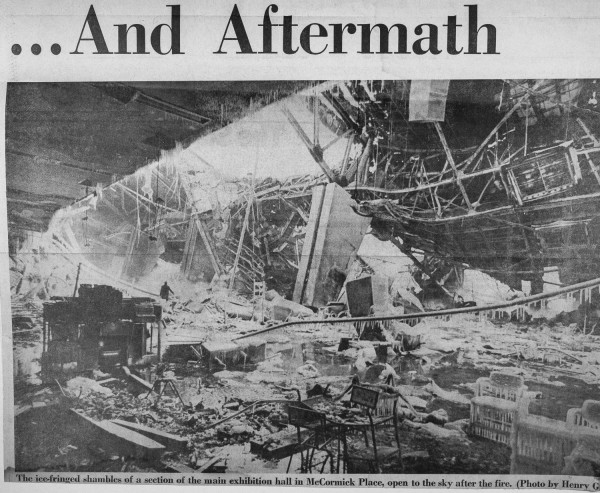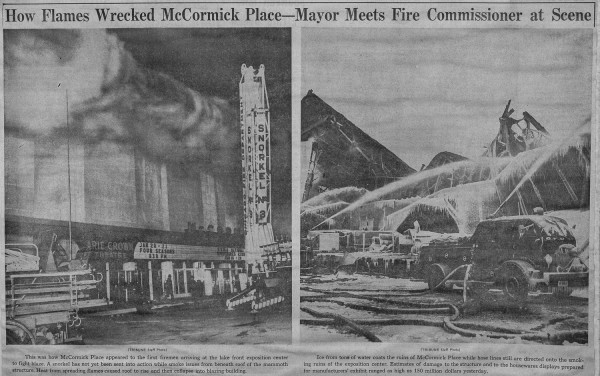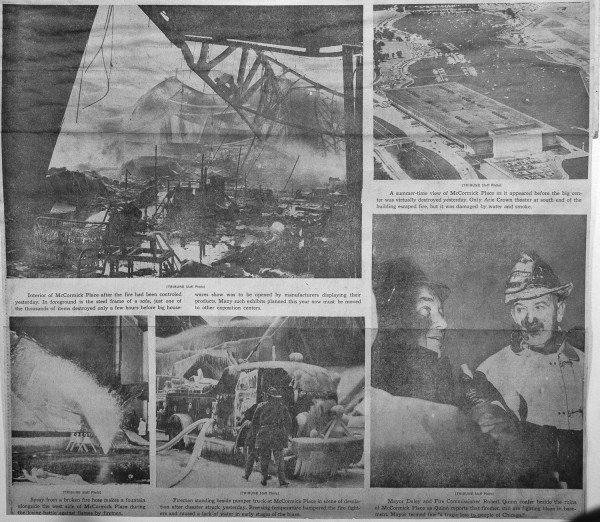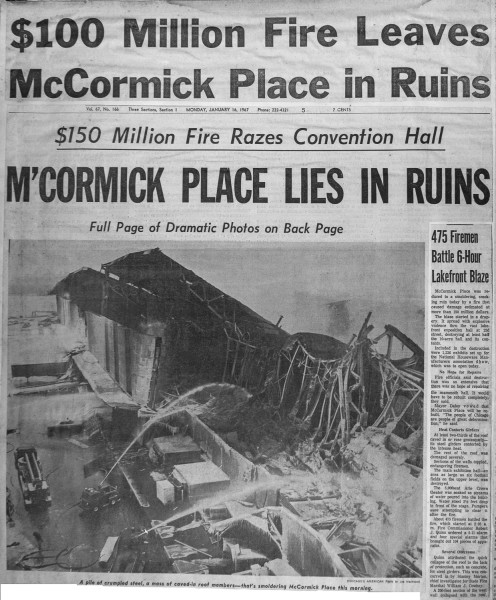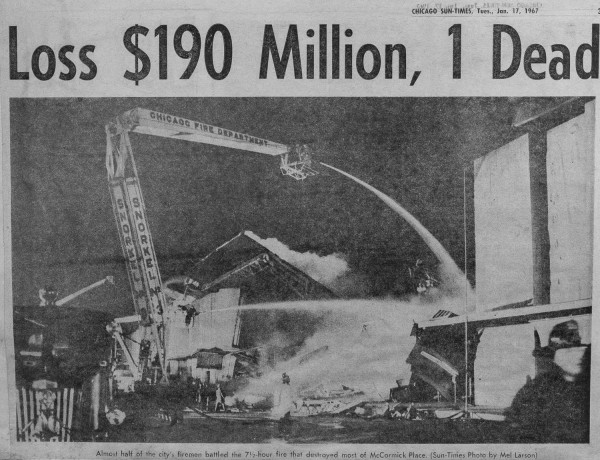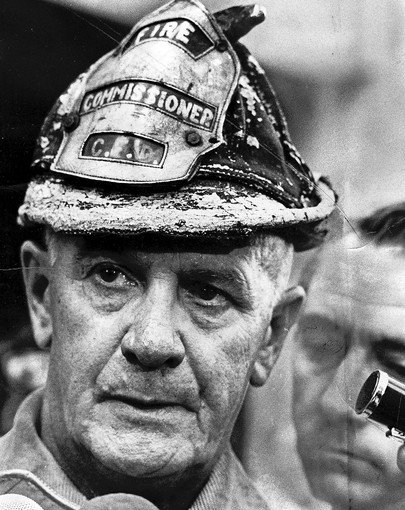More from Steve Redick:
aftermath of the McCormick Place fire
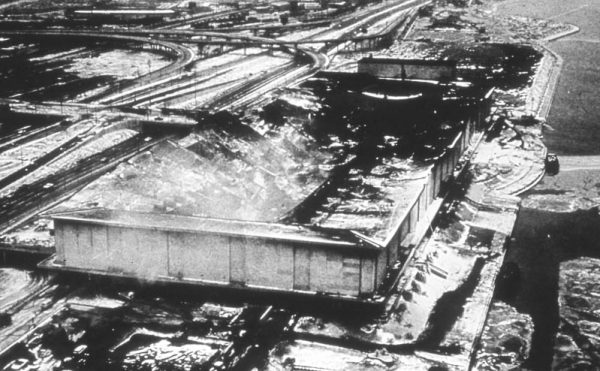
photographer unknown

photographer unknown
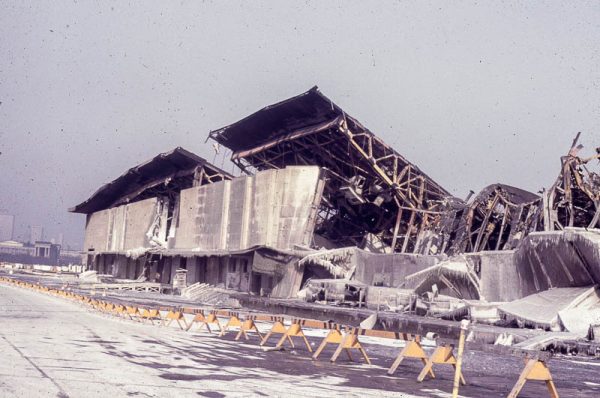
photographer unknown
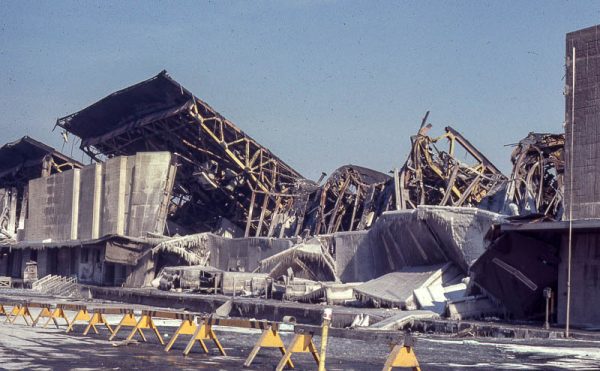
photographer unknown
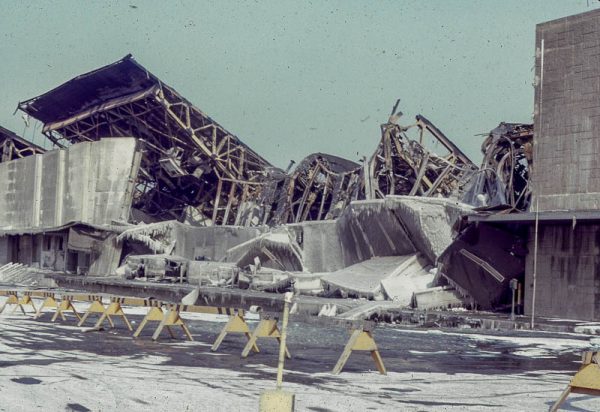
photographer unknown
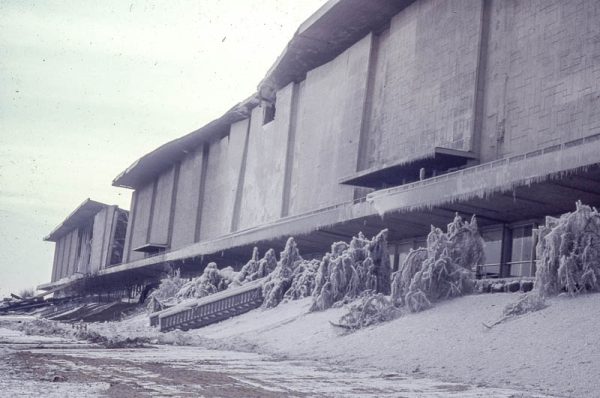
photographer unknown
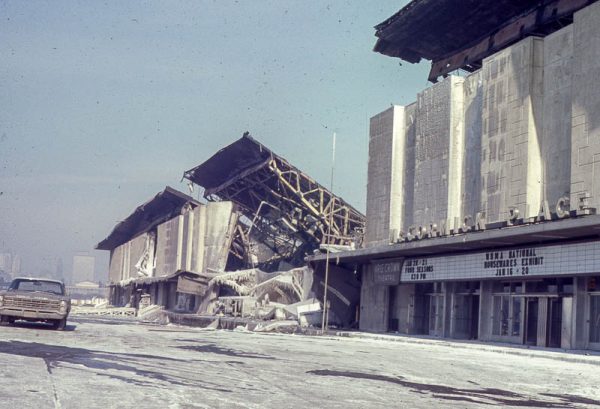
photographer unknown
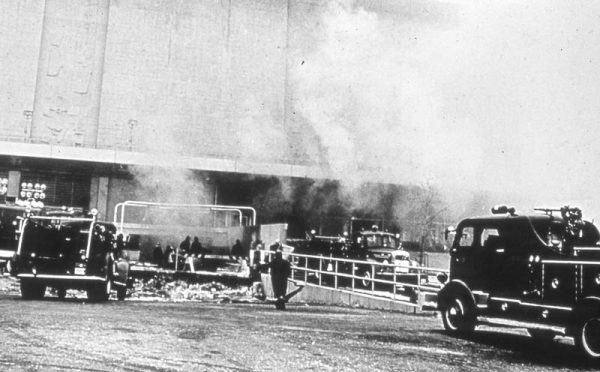
photographer unknown
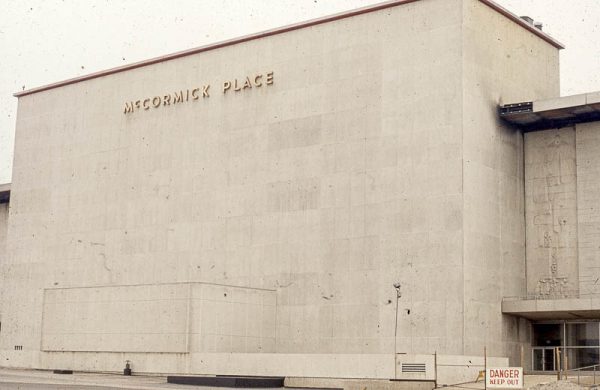
photographer unknown
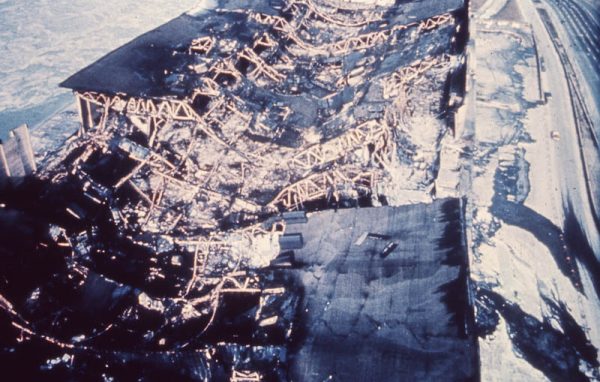
photographer unknown
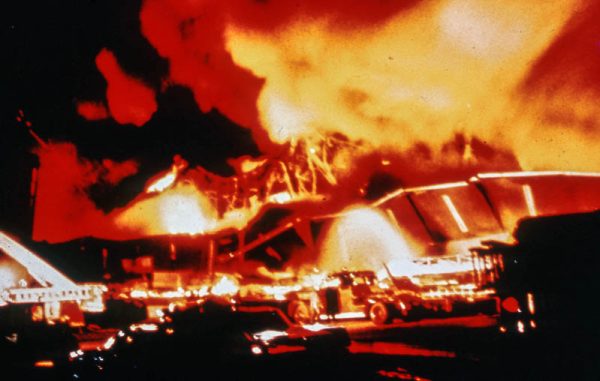
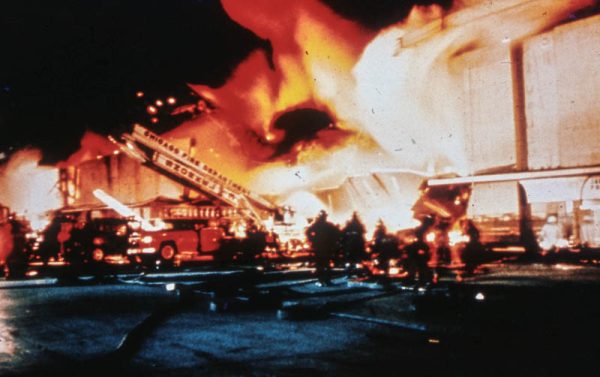
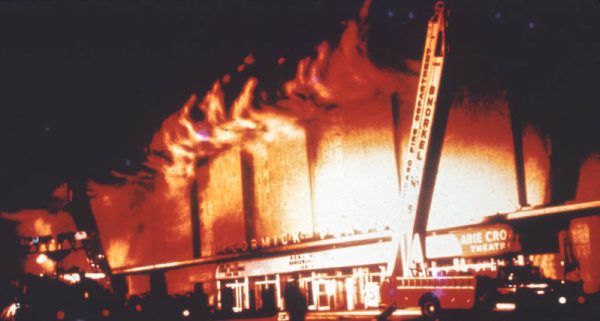
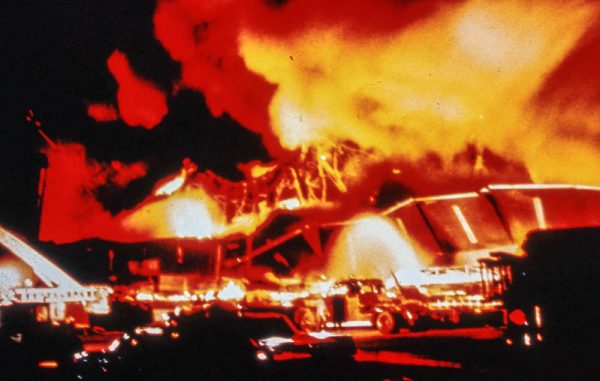
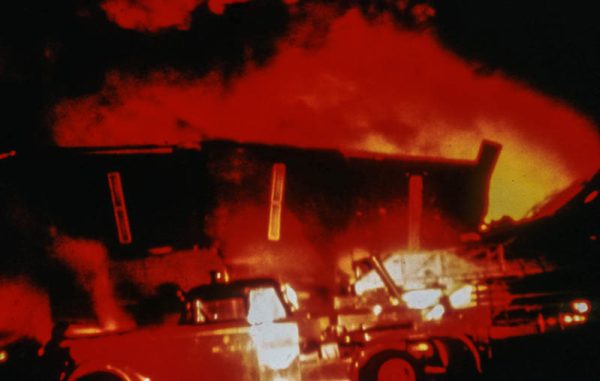
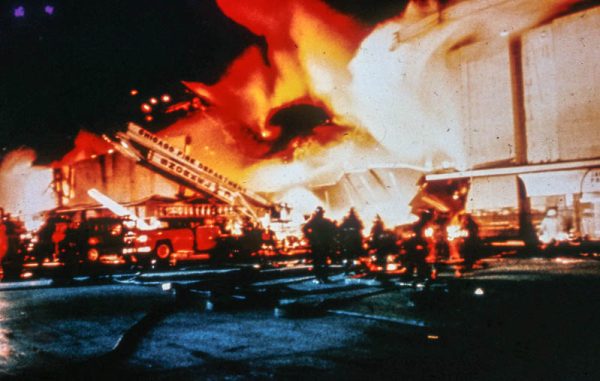
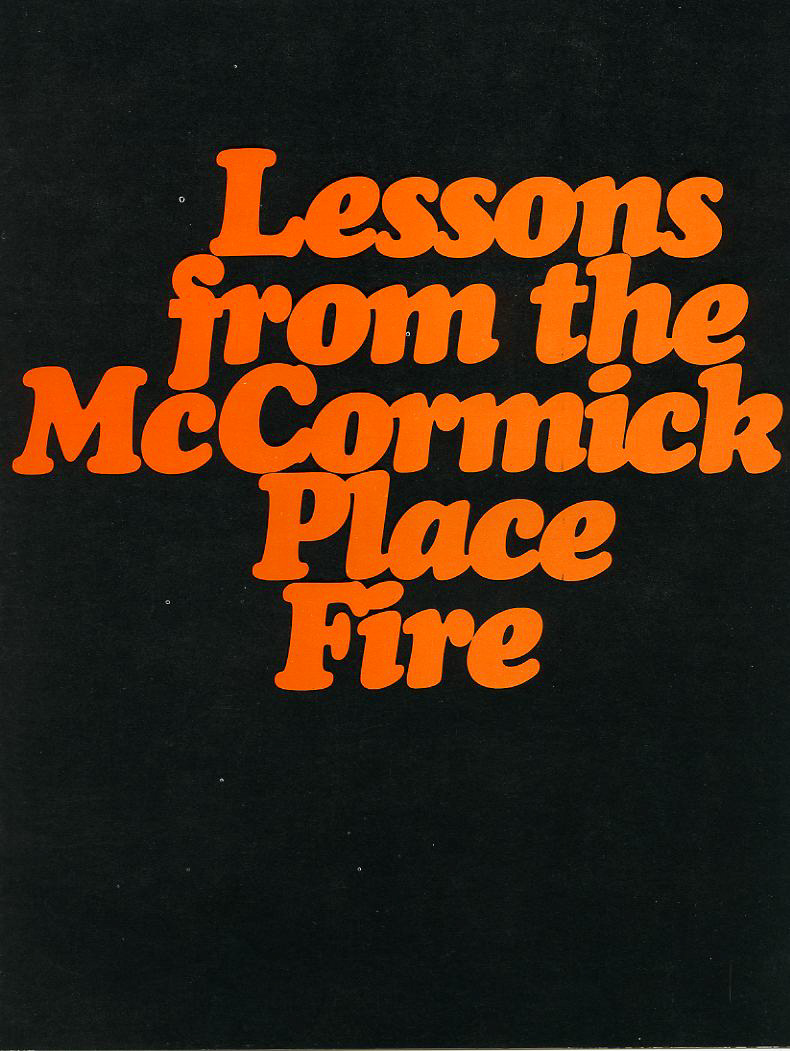
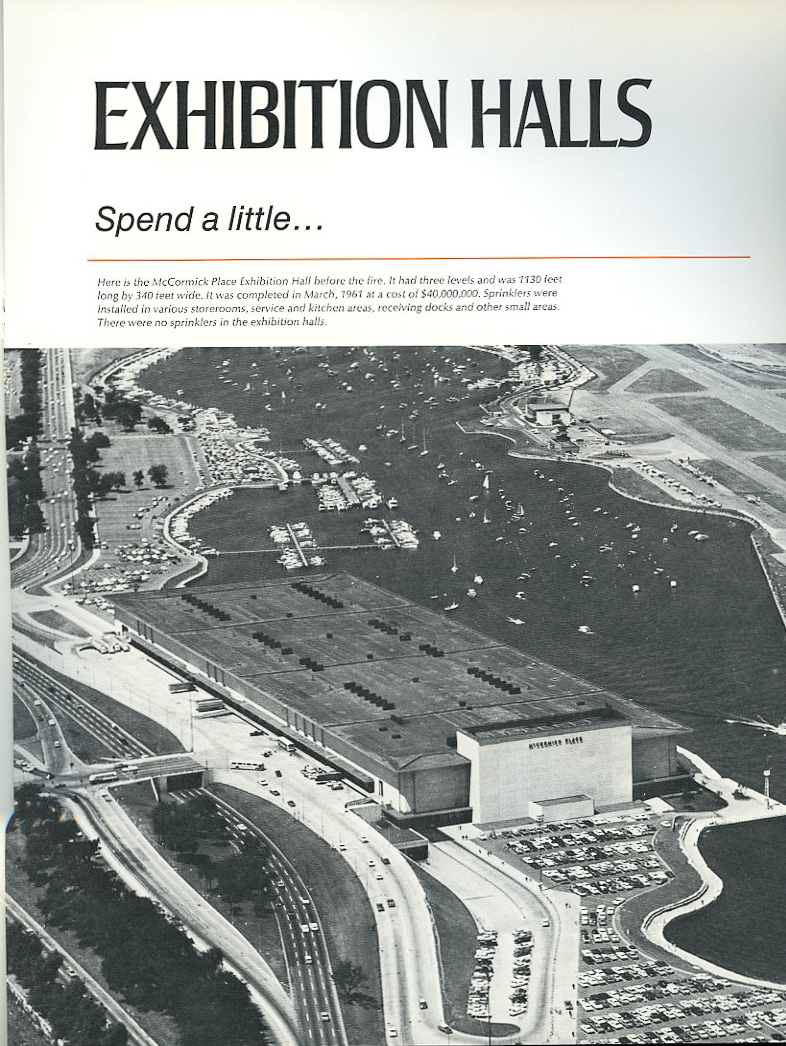

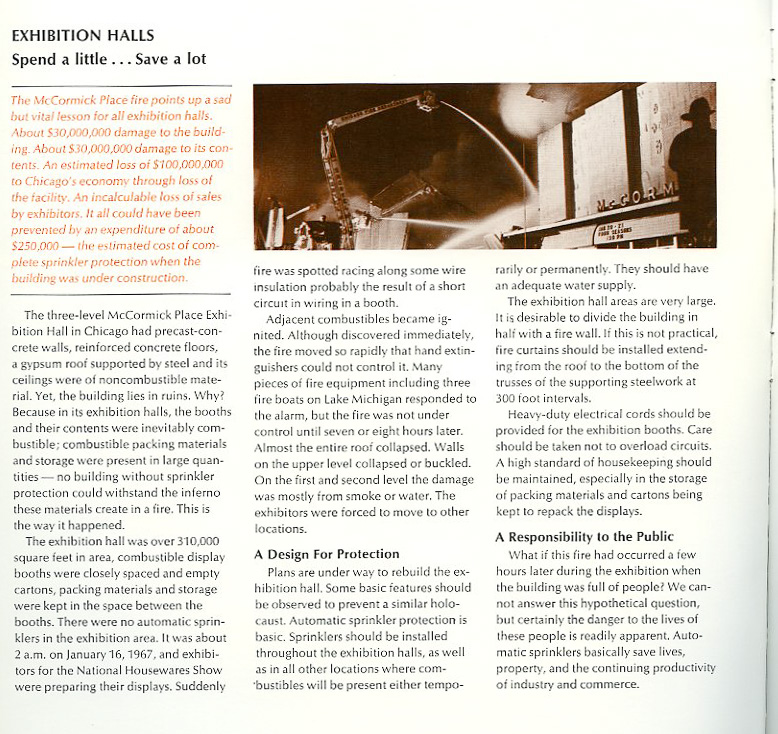
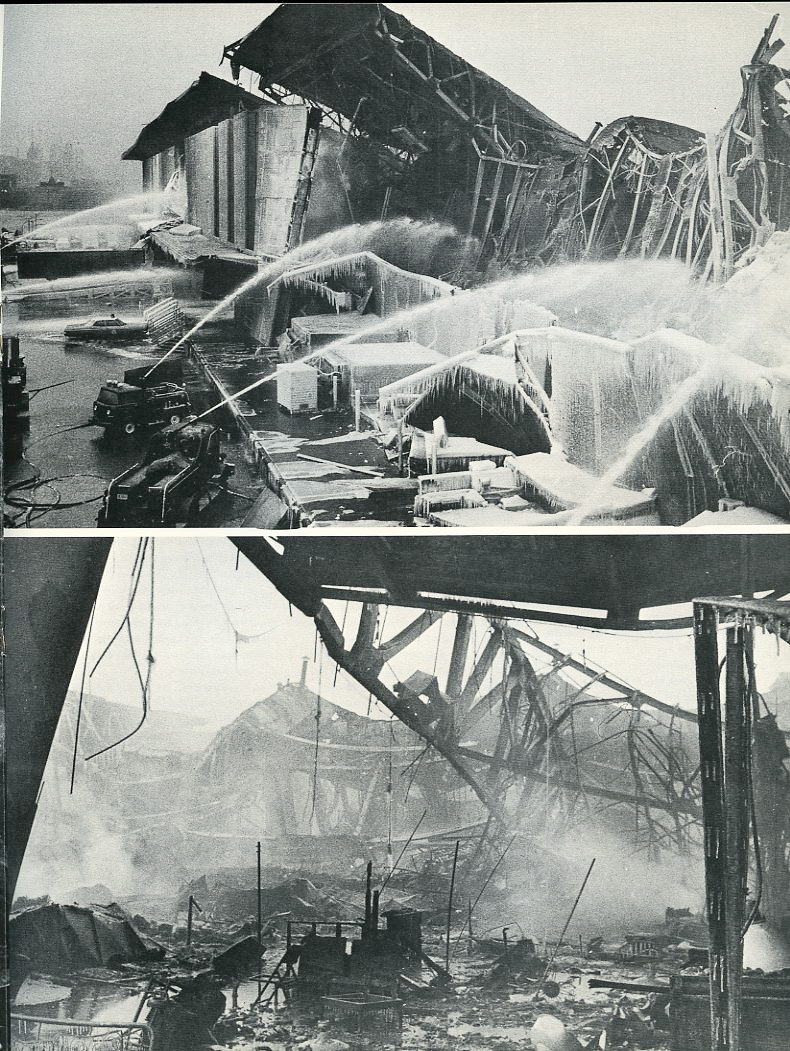
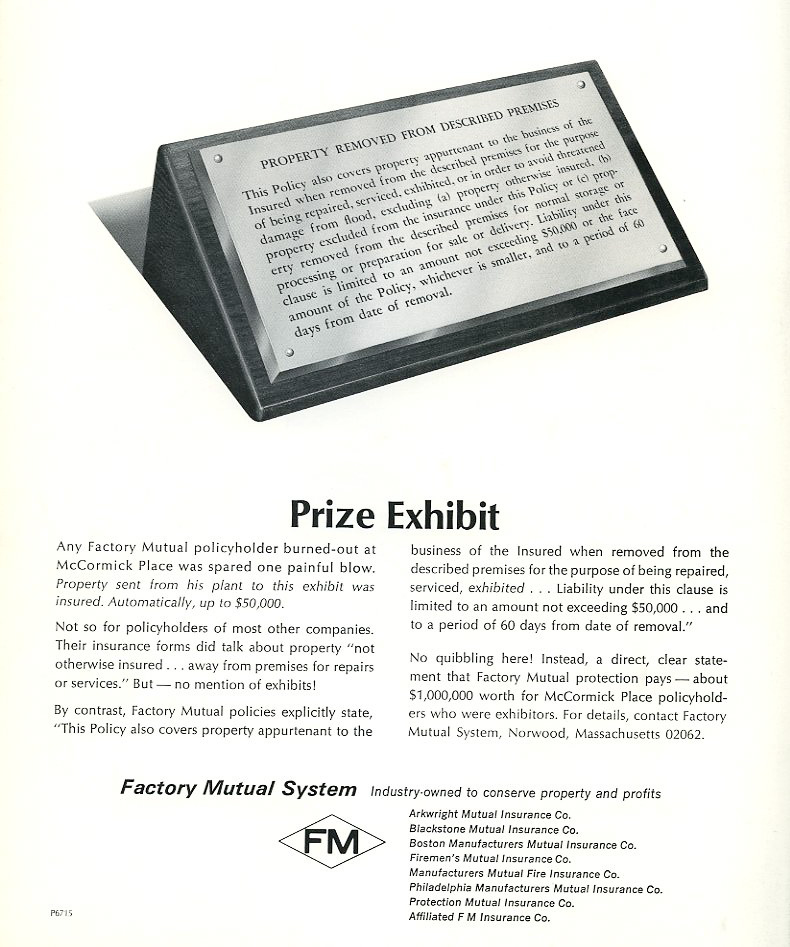
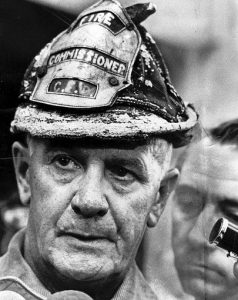
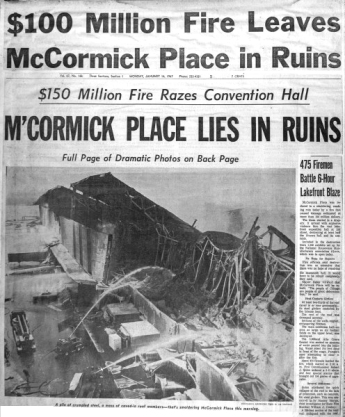 As commissioner, Quinn presided over dozens of Chicago’s worst fires — including the horrific Our Lady of the Angels school fire, on December 1 1958, the Hubbard Street fire in 1961 in which nine firefighters died, the original McCormick Place fire in 1967, the blizzard of 1967, the 1968 Mickelberry Sausage factory explosion, and the 1968 West Side riot fires.
As commissioner, Quinn presided over dozens of Chicago’s worst fires — including the horrific Our Lady of the Angels school fire, on December 1 1958, the Hubbard Street fire in 1961 in which nine firefighters died, the original McCormick Place fire in 1967, the blizzard of 1967, the 1968 Mickelberry Sausage factory explosion, and the 1968 West Side riot fires. Quinn supervised the construction of huge water cannon deluge units known as “Big Mo” and “Big John” He acquired helicopters that gave fire chiefs a bird’s-eye view of a blaze and established a photographic unit
Quinn supervised the construction of huge water cannon deluge units known as “Big Mo” and “Big John” He acquired helicopters that gave fire chiefs a bird’s-eye view of a blaze and established a photographic unit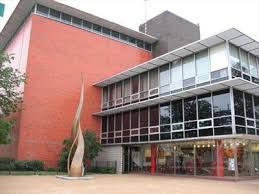
 He famously opposed switching from limousine ambulances to the boxy, modern vehicles, “apparently on the theory that a Chicagoan would rather die in style than be saved in the back of a panel truck,” the Tribune noted. However, the Emergency Medical Service (EMS) grew from 16 Cadillac ambulances in 1957 to 43 modular vans by 1977.
He famously opposed switching from limousine ambulances to the boxy, modern vehicles, “apparently on the theory that a Chicagoan would rather die in style than be saved in the back of a panel truck,” the Tribune noted. However, the Emergency Medical Service (EMS) grew from 16 Cadillac ambulances in 1957 to 43 modular vans by 1977. 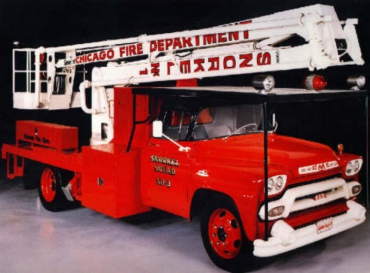 His biggest legacy however might be his title as “the Father of the Snorkel.” In 1958 he took notice of tree trimmers using an aerial platform . He then was instrumental in adapting the odd-looking hydraulic aerial work platform for the fire service . “A fireman in a crow’s nest at the top of the tower directs the stream and gets his orders from below by observers using a walkie-talkie radio,” the Tribune reported. The Snorkel revolutionized urban firefighting and enabled firefighters to stand firmly on a flat platform instead of precariously clinging to the top rungs of a ladder
His biggest legacy however might be his title as “the Father of the Snorkel.” In 1958 he took notice of tree trimmers using an aerial platform . He then was instrumental in adapting the odd-looking hydraulic aerial work platform for the fire service . “A fireman in a crow’s nest at the top of the tower directs the stream and gets his orders from below by observers using a walkie-talkie radio,” the Tribune reported. The Snorkel revolutionized urban firefighting and enabled firefighters to stand firmly on a flat platform instead of precariously clinging to the top rungs of a ladder He was not without controversy, when the White Sox clinched the American League pennant with a late-night victory on September 22 1959, Quinn set off the city’s air-raid sirens at 10:30 PM scaring the daylights out of many citizens. “If the Sox ever win another pennant, I’ll do it again,” Quinn once remarked. The Chicago Tribune reported that some Chicagoan’s knelt in prayer thinking that we were under atomic attack while others fled into the streets in their night clothes.
He was not without controversy, when the White Sox clinched the American League pennant with a late-night victory on September 22 1959, Quinn set off the city’s air-raid sirens at 10:30 PM scaring the daylights out of many citizens. “If the Sox ever win another pennant, I’ll do it again,” Quinn once remarked. The Chicago Tribune reported that some Chicagoan’s knelt in prayer thinking that we were under atomic attack while others fled into the streets in their night clothes.

